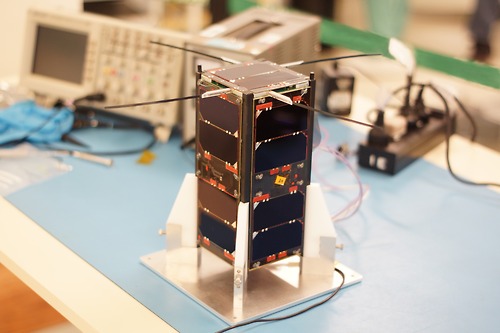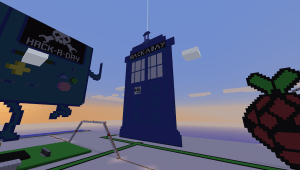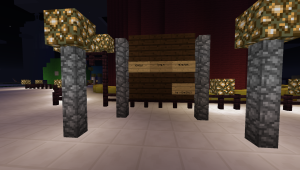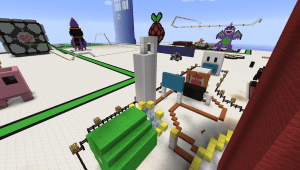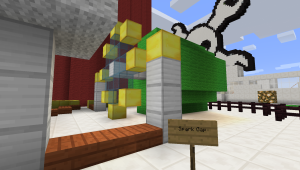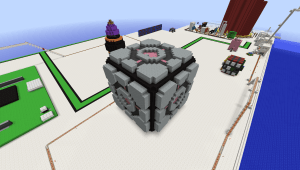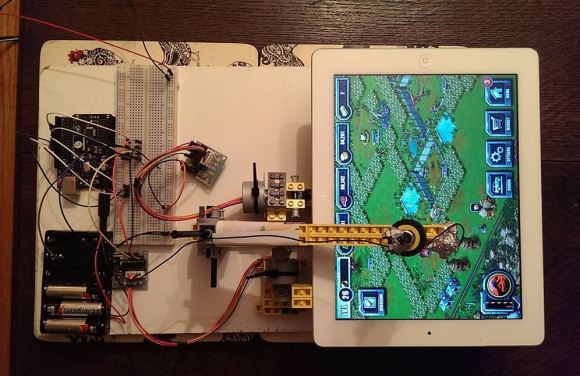
We promise this is the last post about the ARG we ran throughout April to promote The Hackaday Prize. But we’re excited to announce the winners and all the goodies they are going to get!
The Prizes!
Now that the scoreboards are finalized we can announce the overall winners of the Alternate Reality Game and the prizes they will receive!
 First, we’re giving away a Crazyflie Nano quadcopter to each of the people who were the first to post all the details for the first three Transmissions on the Major Tom profile pages.
First, we’re giving away a Crazyflie Nano quadcopter to each of the people who were the first to post all the details for the first three Transmissions on the Major Tom profile pages.
Transmission 1 Winner
[kline] wins Transmission 1 as he was the first to post all the details from the transmission and did some great work to convert the QR code into an image using Python.
Transmission 2 Winner
[Tyler Anderson] wins this round as he was the first to decode the status message from Major Tom.
Transmission 3 Winner
This was a tough one since we know some people got very close to the answer on IRC but were led down rabbit holes instead, however [Ted] wins as he was the first to finally locate the launch site longitude and latitude hidden in the audio files.
Final Transmission Winner
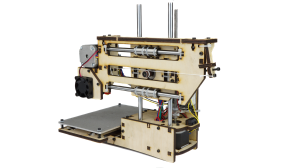 Next up we have the winner of the Final Transmission. Someone suggested that when the pixel art contest was over we should 3d print all the entries, so this inspired us to give away a low cost 3d printer that the winner could use to do just that. Therefore we are presenting a Printrbot Simple Makers Kit.
Next up we have the winner of the Final Transmission. Someone suggested that when the pixel art contest was over we should 3d print all the entries, so this inspired us to give away a low cost 3d printer that the winner could use to do just that. Therefore we are presenting a Printrbot Simple Makers Kit.
This prize goes to the person at the top of the scoreboard and winner of the pixel art contest [XDjackieXD]. Congratulations and we expect to see your Portal Cube rendered in plastic sometime soon!
Best Overall Contributor
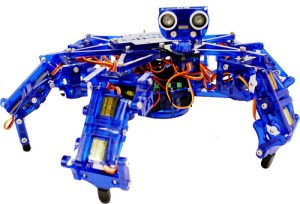 Finally, since this ARG was a team effort and some people put in outrageous amounts of work we decided we should award a prize for Best Overall Contributor.
Finally, since this ARG was a team effort and some people put in outrageous amounts of work we decided we should award a prize for Best Overall Contributor.
This was a hard decision as so many people contributed throughout the month. But we feel that the efforts of [Emerica] really stand out, not only was he responsible for figuring out the use of OpenPuff in Transmission 2, he also contributed massively to the Pixel Art Contest and even built a stunning rendition of the Space Needle over the location of Seattle. [Emerica] wins a Hexy the Hexapod robot kit for his contribution, we hope to see many creative uses for this little fellow in the coming months.
Mission Complete.
It may be all over, but we just want to say how much fun putting together this ARG has been and how much it has shown the creativity, ingenuity and pure genius that exists in this community.
It was wonderful to watch everyone come together to work things out and the life that has sprung up in the IRC channel is really great to see. We hope we can all continue to play and build together as we truly believe there is nothing this community cannot accomplish when we come out of our respective sheds and workshops and work together on something.
Thank you all for participating and good luck in with your entries in The Hackaday Prize!

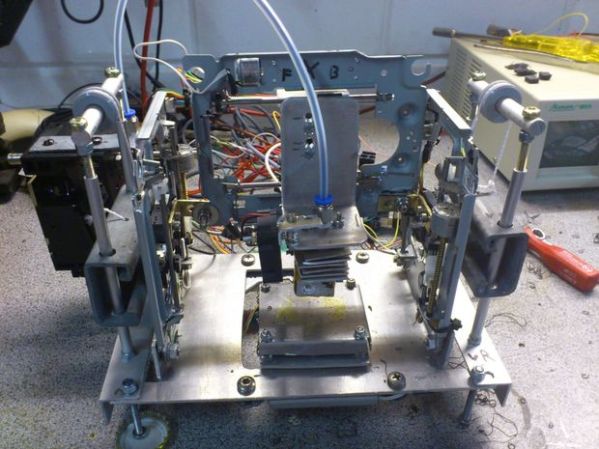
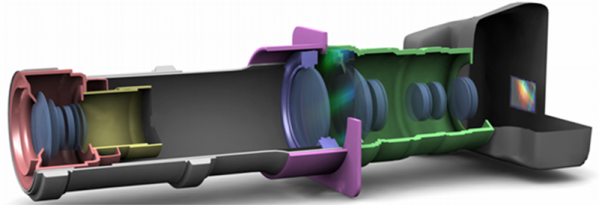


 First, we’re giving away a
First, we’re giving away a 

